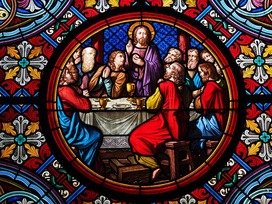
But of course Christians today also try to be Jesus’ disciples and try to enact the teachings and example of him in their lives. We can perhaps identify three features of Discipleship that are both in the Gospels and in the lives of Christians today:
During his ministry Jesus called the disciples to follow him - he sought them out and called them by name. They just seem to drop everything (including family and livelihood) and follow! So it also for modern Christians than many claim they have been called by Jesus. They feel they have a vocation (a calling) to act out their own ministry. This does not necessarily mean to be priests, but it could be to play a certain kind of role in their community and act out the Christian message.
| Follow: The disciples literally went where Jesus went. Whilst modern Christians cannot follow in his footsteps (except perhaps on pilgrimage) they aim to act in the ways that Jesus taught. For example by following the guidance set out in the Sermon on the Mount, being Agapeic towards others and following the command to love God and Neighbour. |
Finally, Jesus commanded his disciples to go out and “make disciples of all the nations”. At this point the disciples became “Apostles” - one who is sent. So it is that Christians also feel they should be evangelists to the world and spread the word of God. This is why at the end of every communion service the congregation is commissioned and sent out into the world to spread the Gospel.
So it is that Discipleship is made up of three elements; the feeling of having been called by God, the desire to follow in the footsteps of Jesus and to be evangelists and spread the word of God.




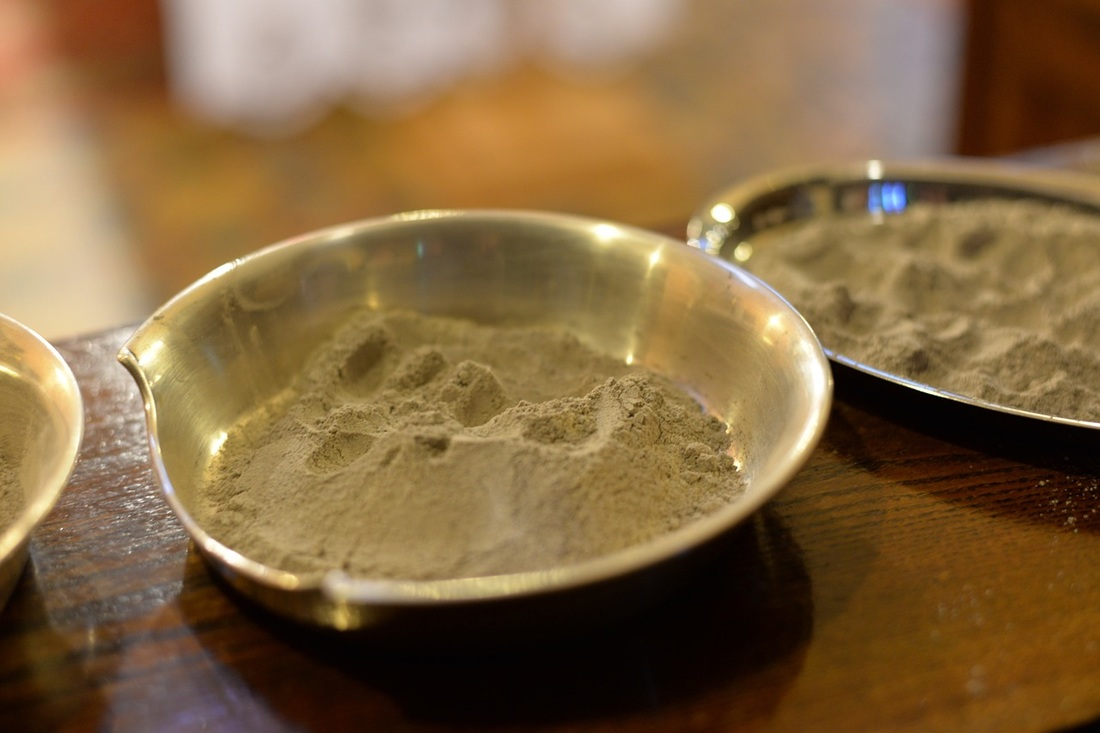



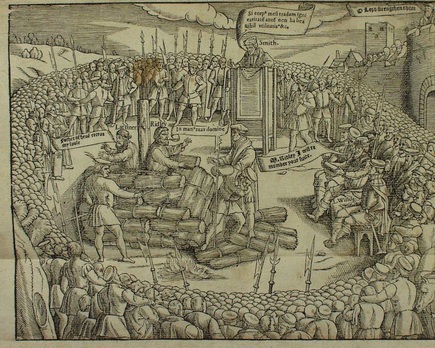
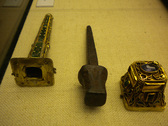
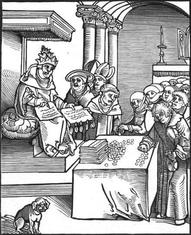
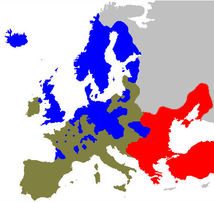

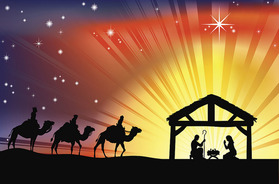


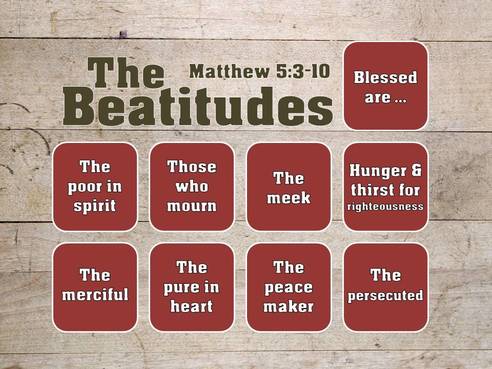

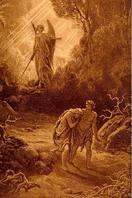
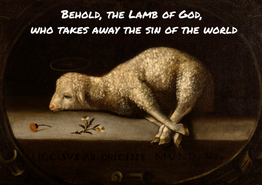
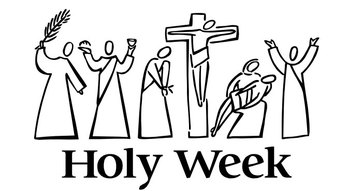

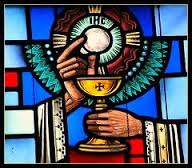
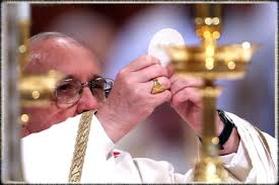
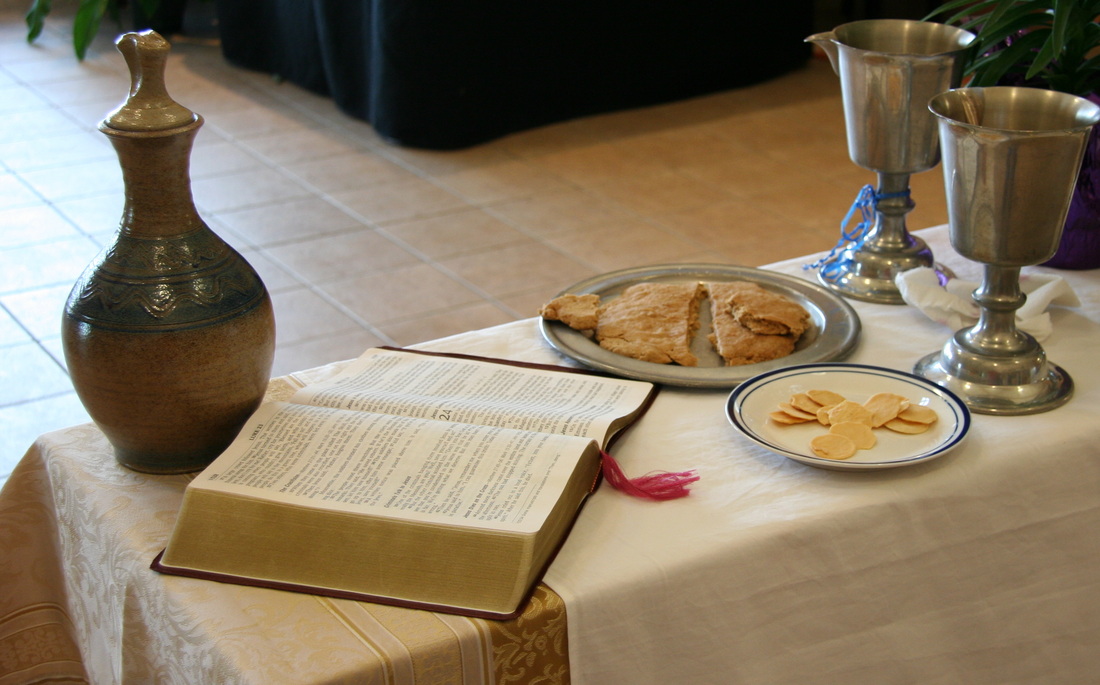

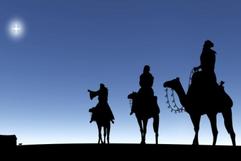
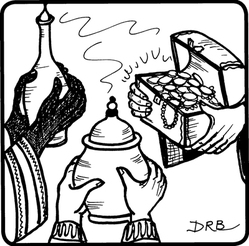

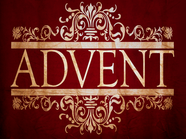
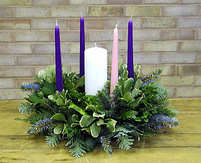


 RSS Feed
RSS Feed
